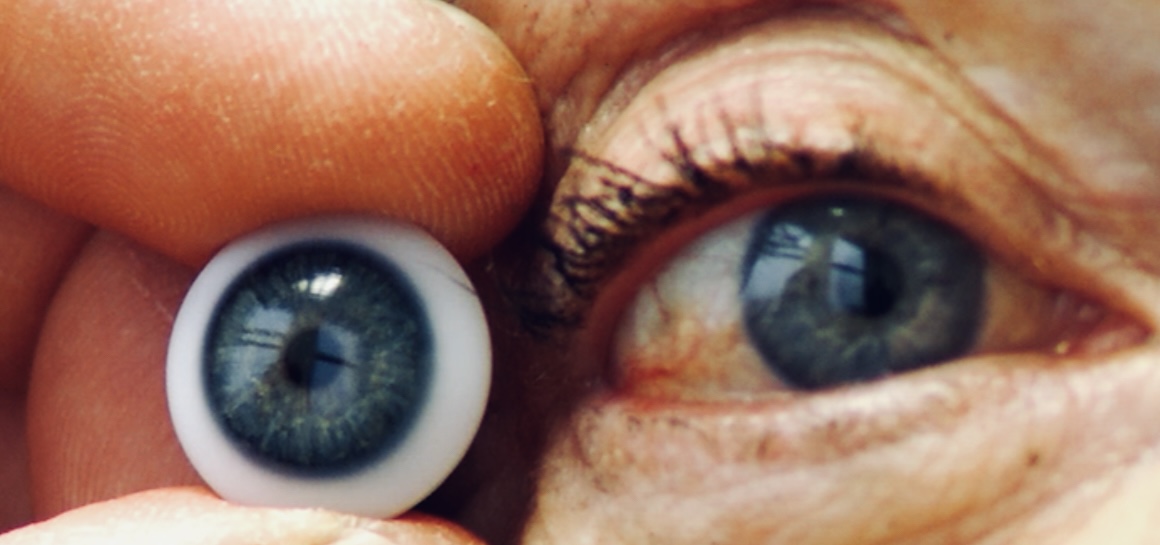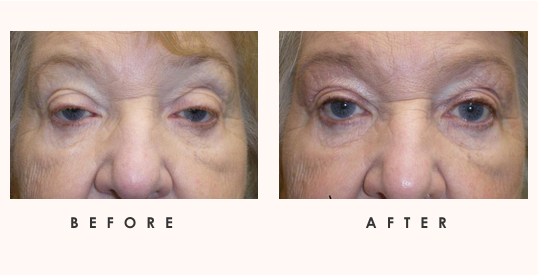Types of Implants
Ocular implants provide surgeons with porous biocompatible implants for orbital reconstruction following procedures involving enucleation. and evisceration. Surgeons can choose from sphere implant diameters of 14mm to 22mm. The lightweight property, biocompatibility of the porous polyethylene, and the ability to place the implant deep in the socket are features of popular implants. The types of ocular implants used in reconstructive surgery include magnets, gold, silver, glass, silicone, cartilage, bone, fat, cork, titanium mesh, acrylics, wool, rubber, catgut, peat, agar, polyethylene, hydroxyapatite.

- MEDPOR® is a lightweight, porous form of high-density polyethylene with unique texture that allows vessels to incorporate into the enhancement shape. The shape and size can be customized to fit your individual needs. This type of implant eliminates the need for grafts or silicone implants.
- Conical Orbital Implant (COI) ® was developed to address numerous common problems associated with the correction of the anophthalmic socket, and the design provides removal of the anterior surface of the channels in the medial, lateral and inferior quadrants.
- Bioceramic Orbital Implants are made of the porous, strong, non-brittle biomaterial alumina, and feature highly uniform interconnected pores of approximately 500mm in size. The extensive pore system enhances fibrovascular ingrowth which keeps the implant from migrating. The implant allows the secure attachment of extraocular muscles, thereby improving implant motility.
- The Hydroxyapatite (HA) ocular implant is a spherical implant composed of natural coralline HA. It is used to replace the volume of the orbit when the eye is surgically removed.
- The dermis-fat graft is a different type of implant made of subcutaneous fat and overlying dermis. Its advantages include the fact that it is an autologous graft and lacks concerns for bio-compatibility in disease transmission. Nonelessless, there is a certain degree of fat atrophy which may occur leading to some unpredictability related to loss of volume. Dermis fat graft may possibly be used as a primary procedure following primary reconstruction for orbital exenteration, as a low cost means to provide an orbital implant and in instances in which enucleation.



